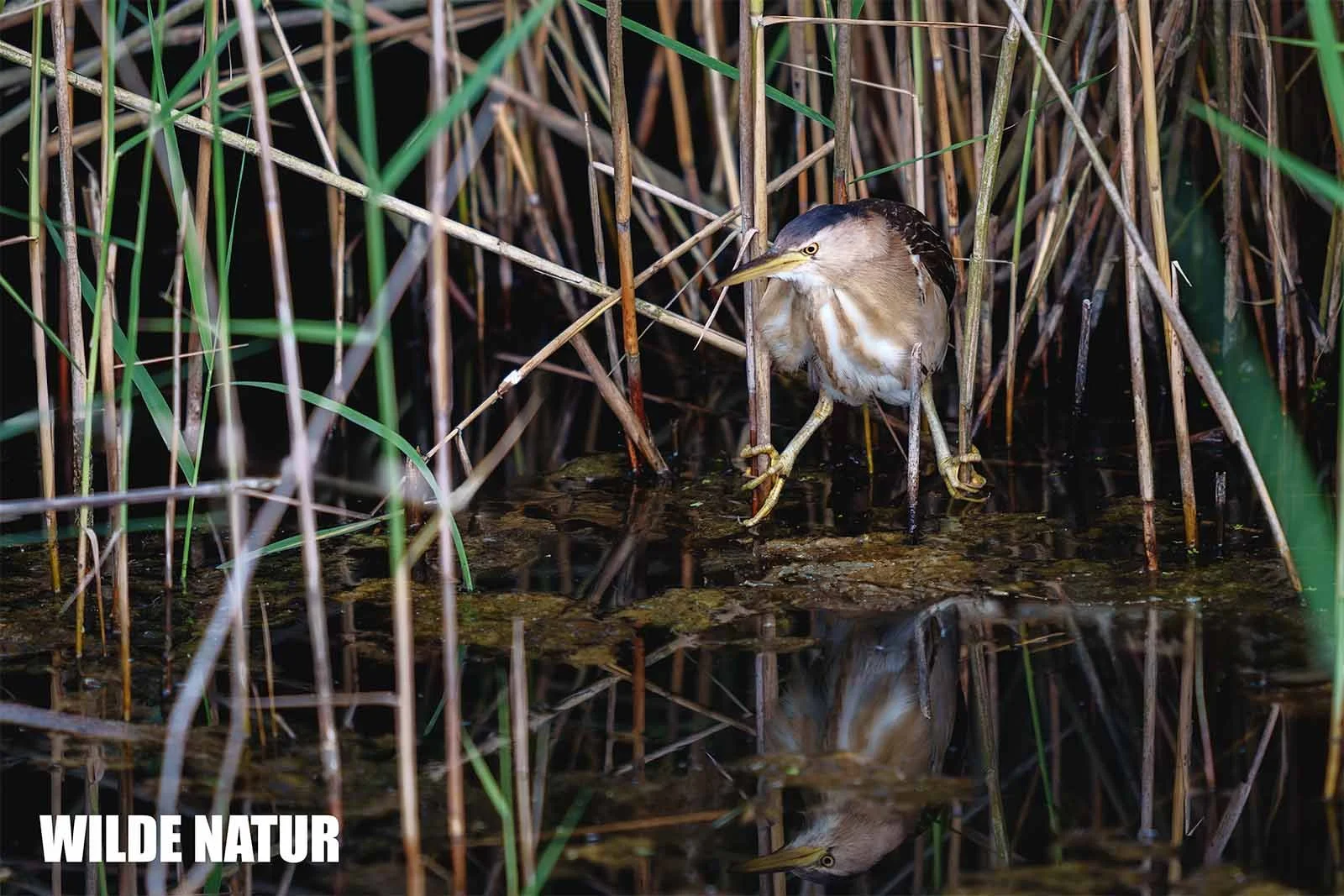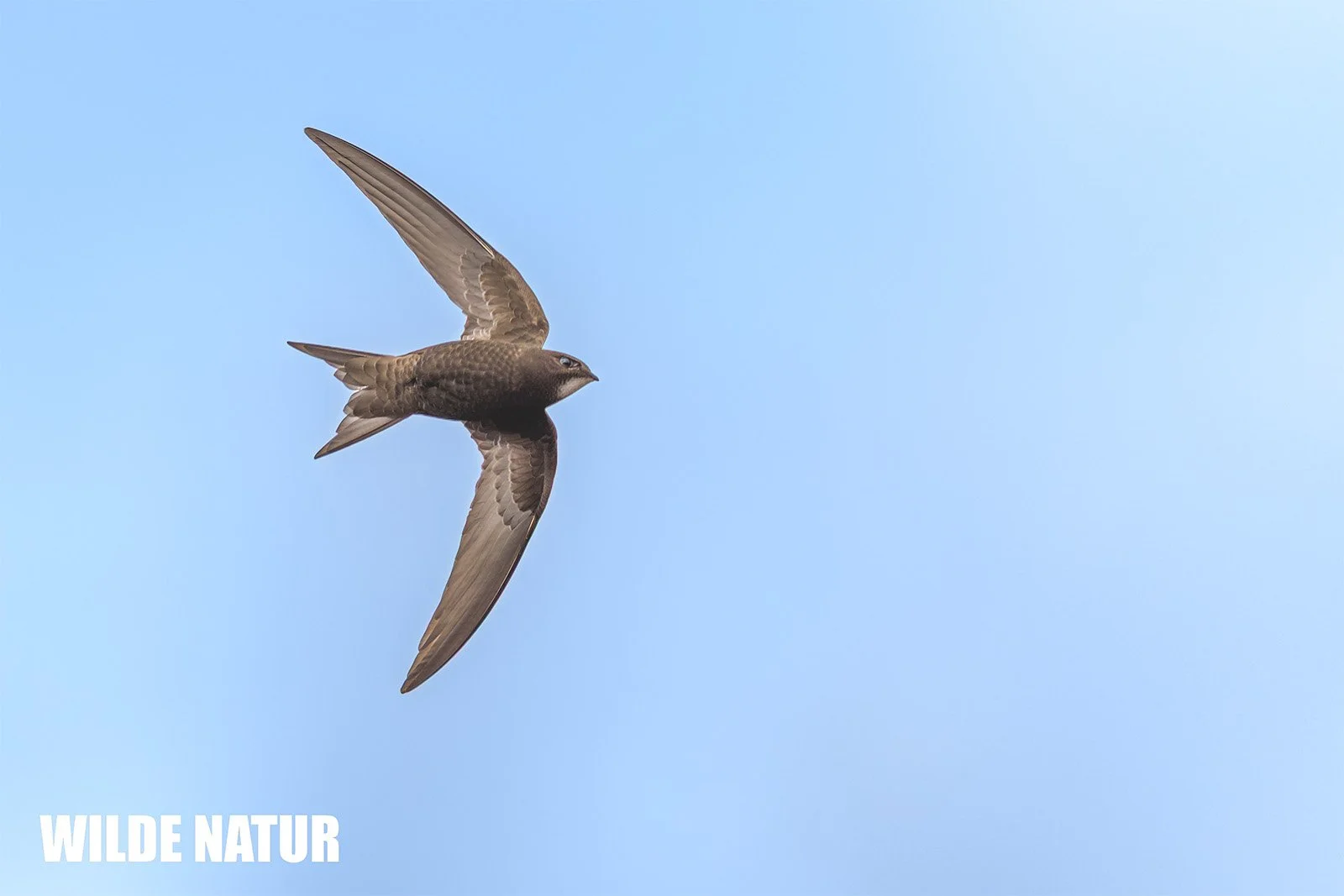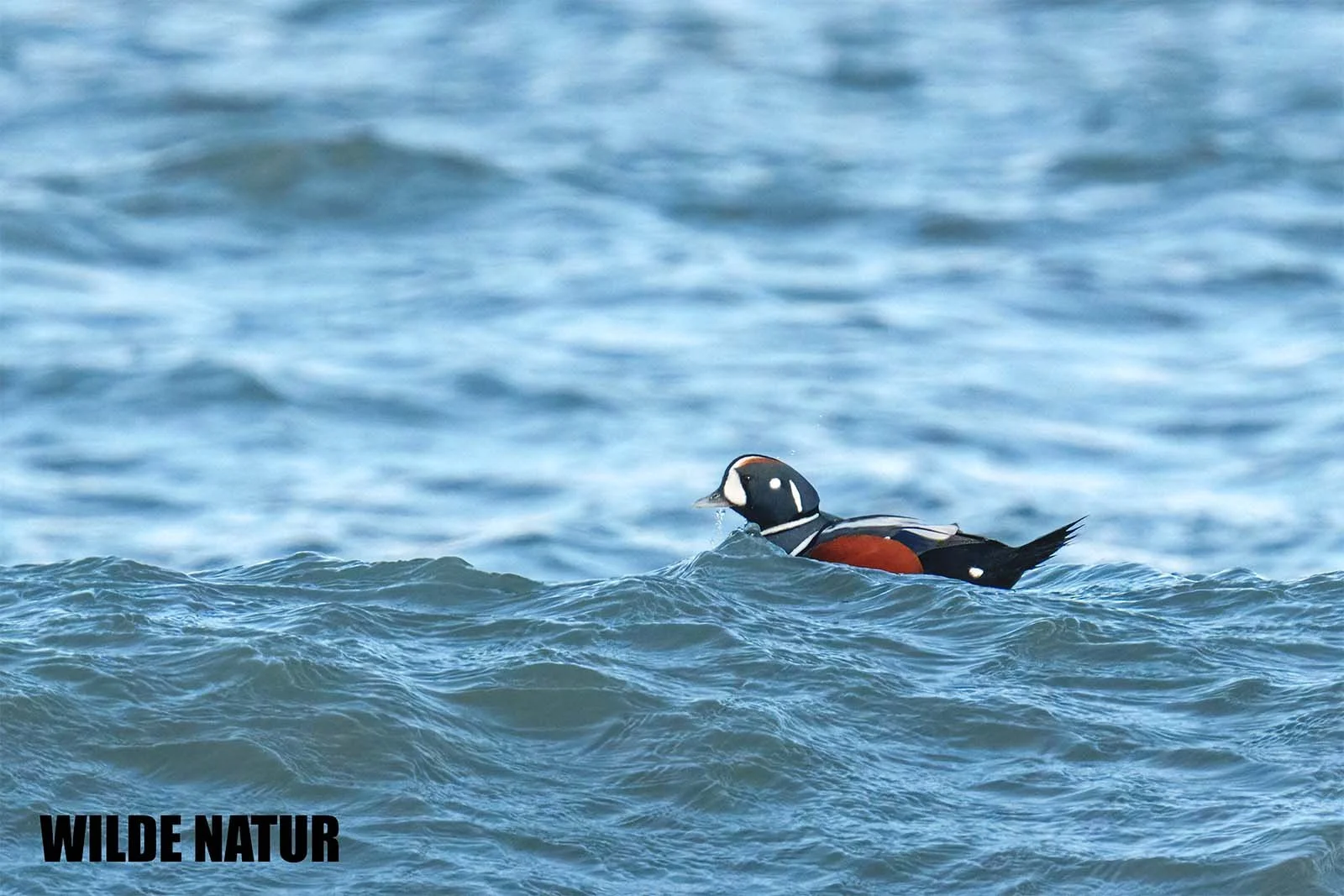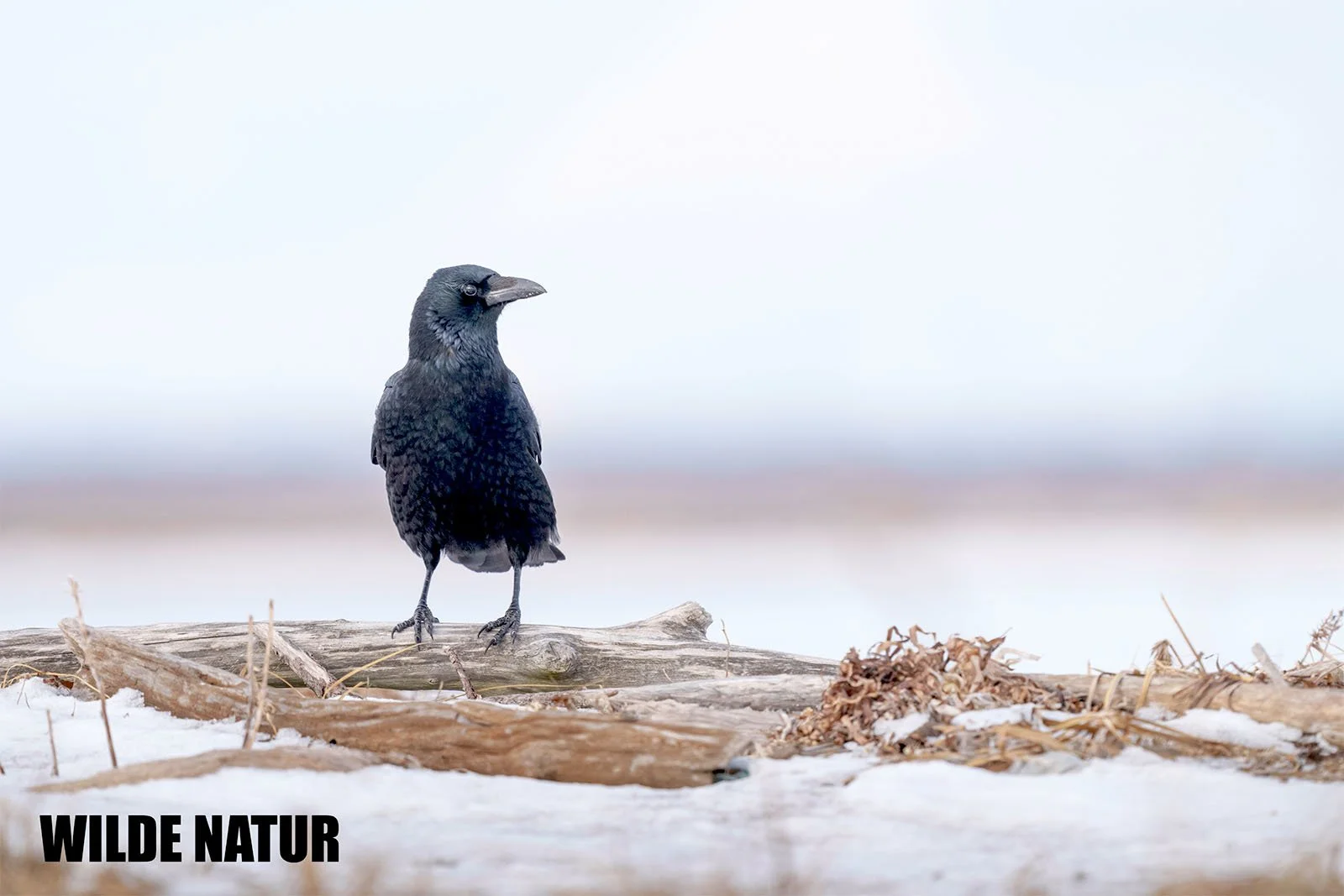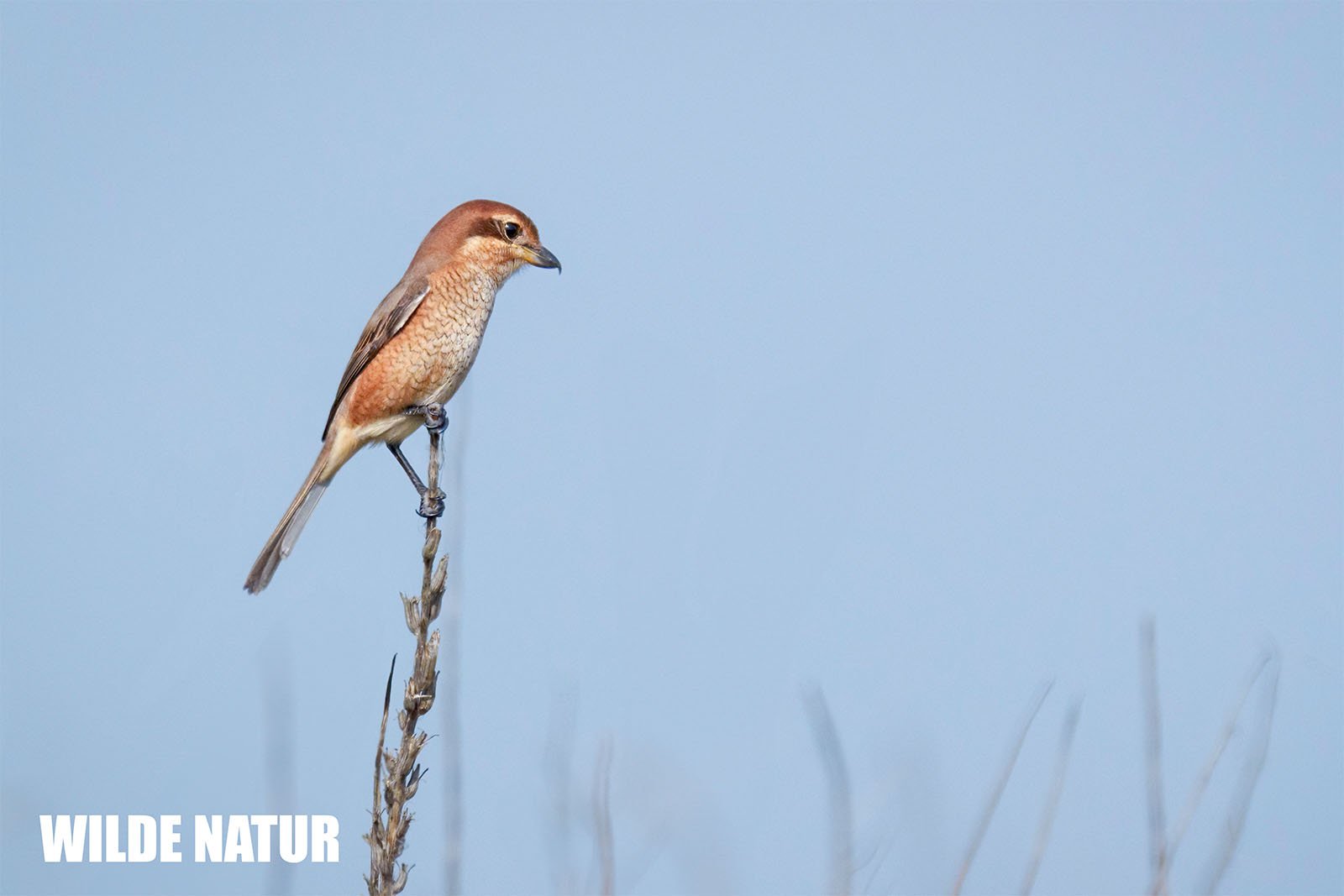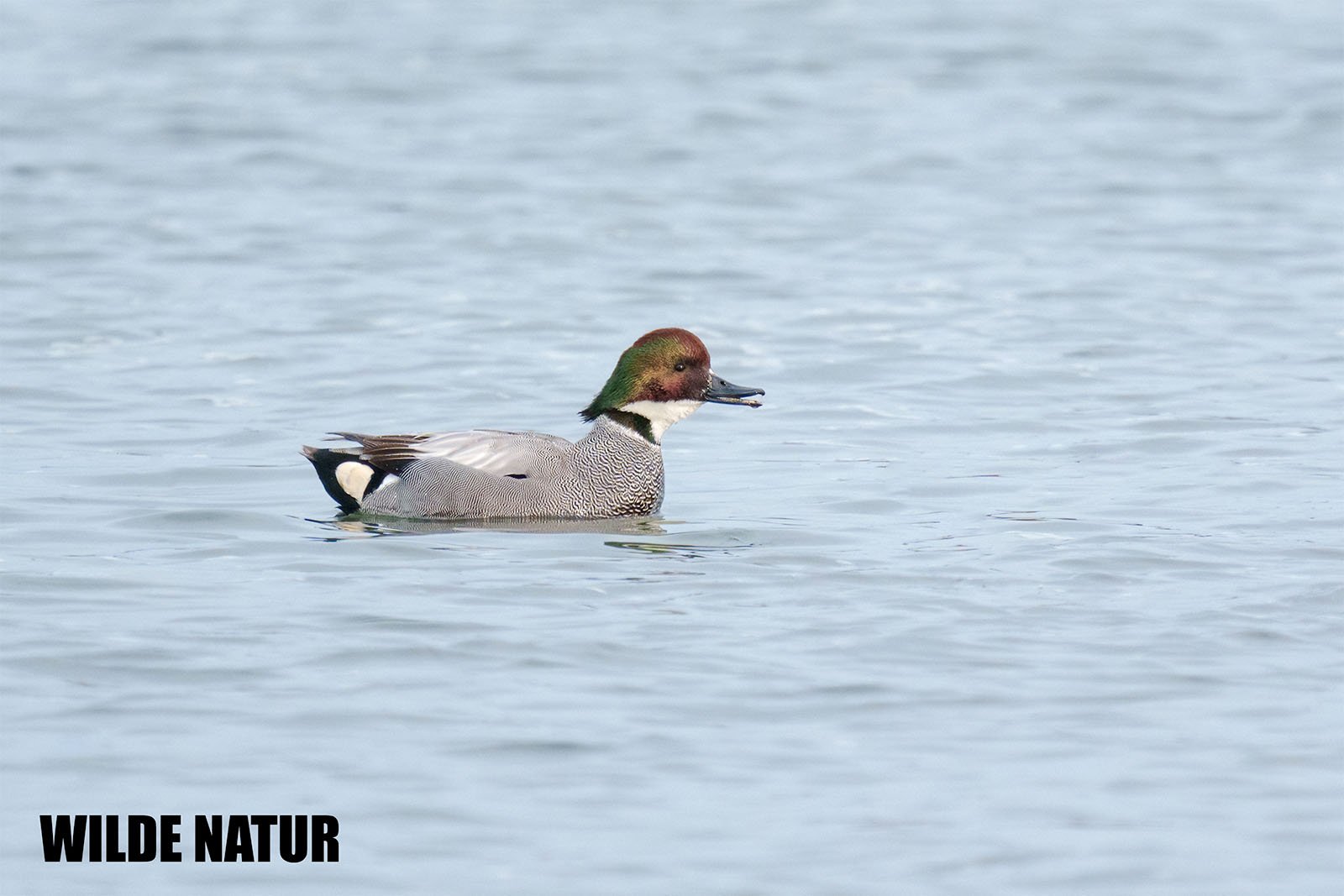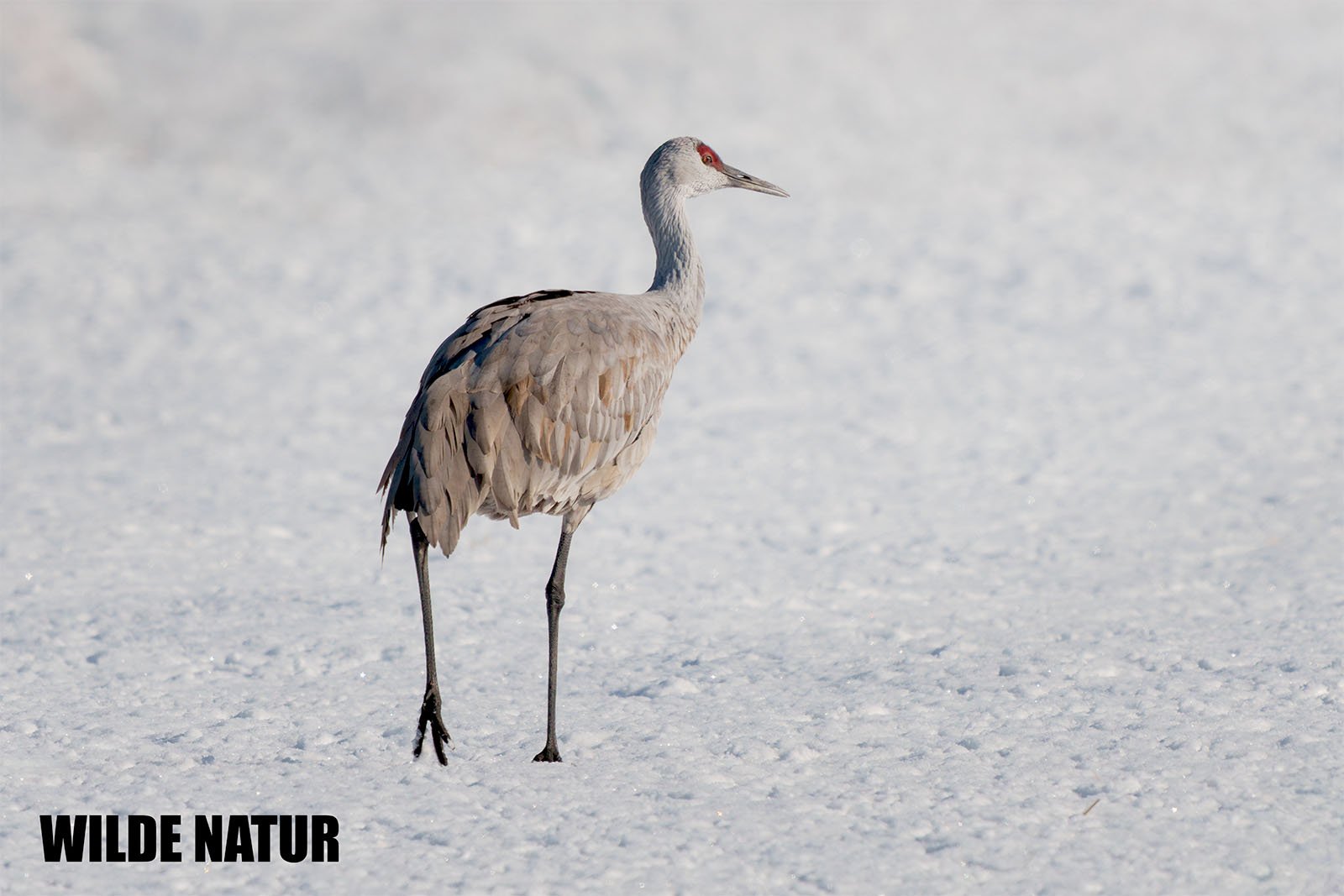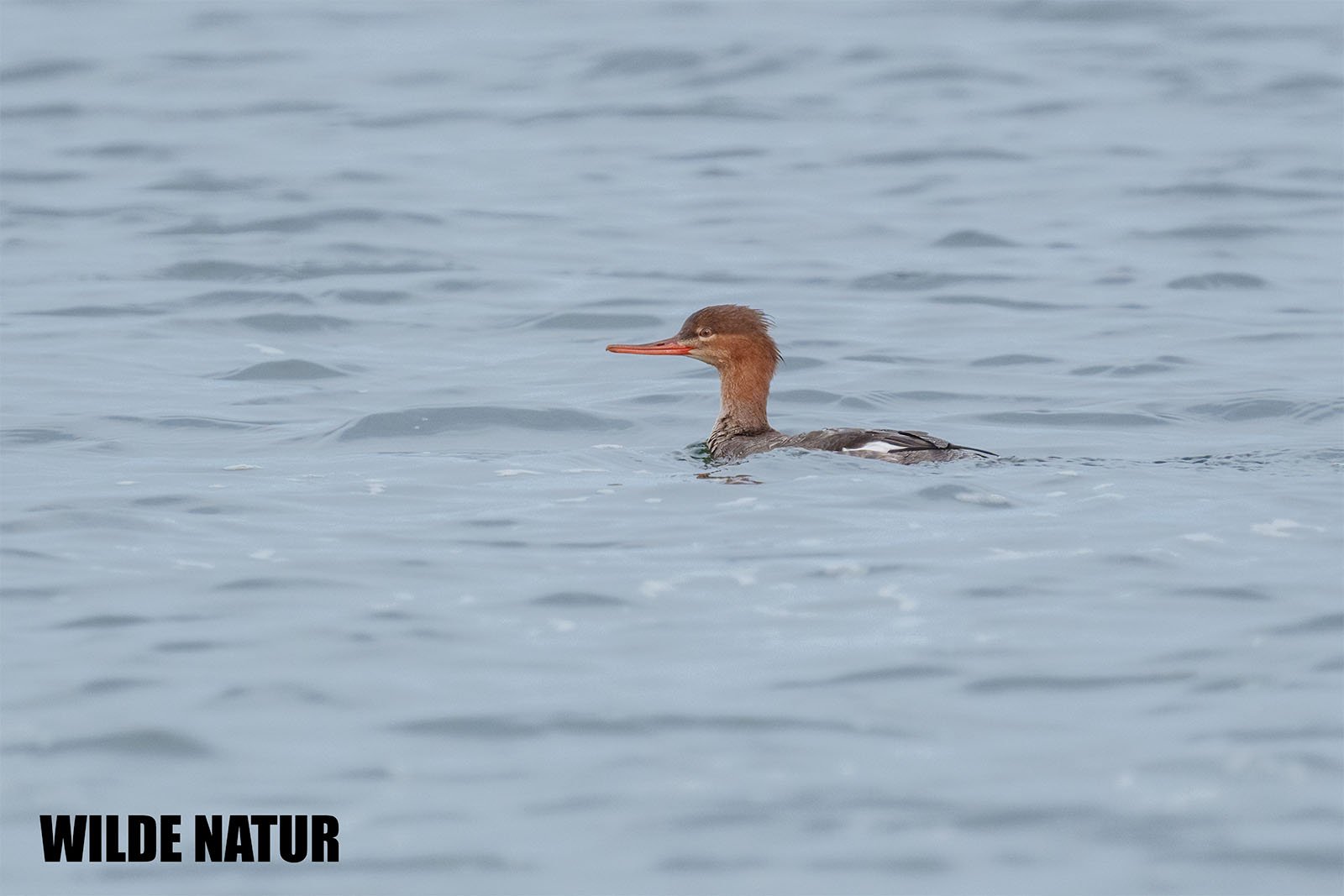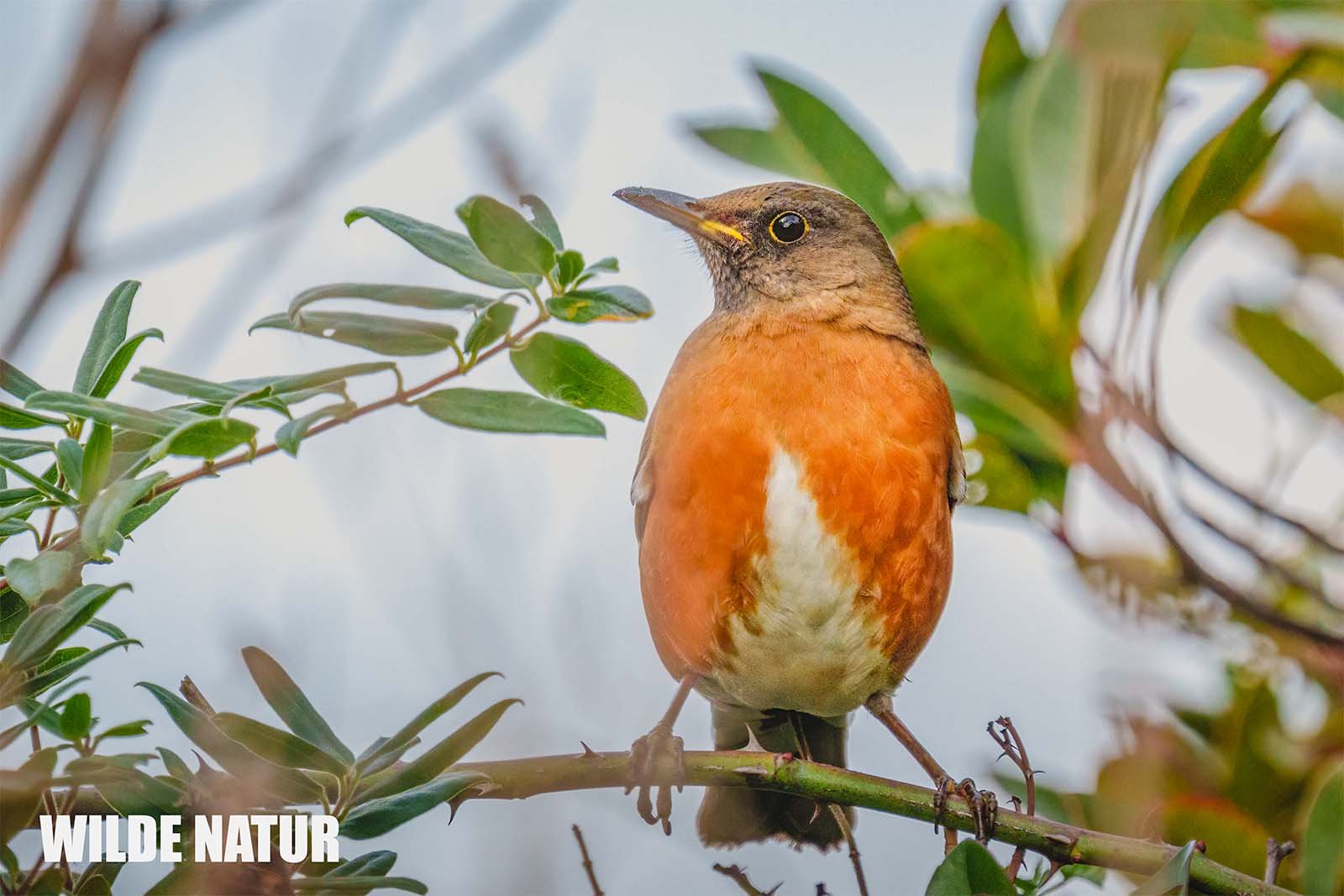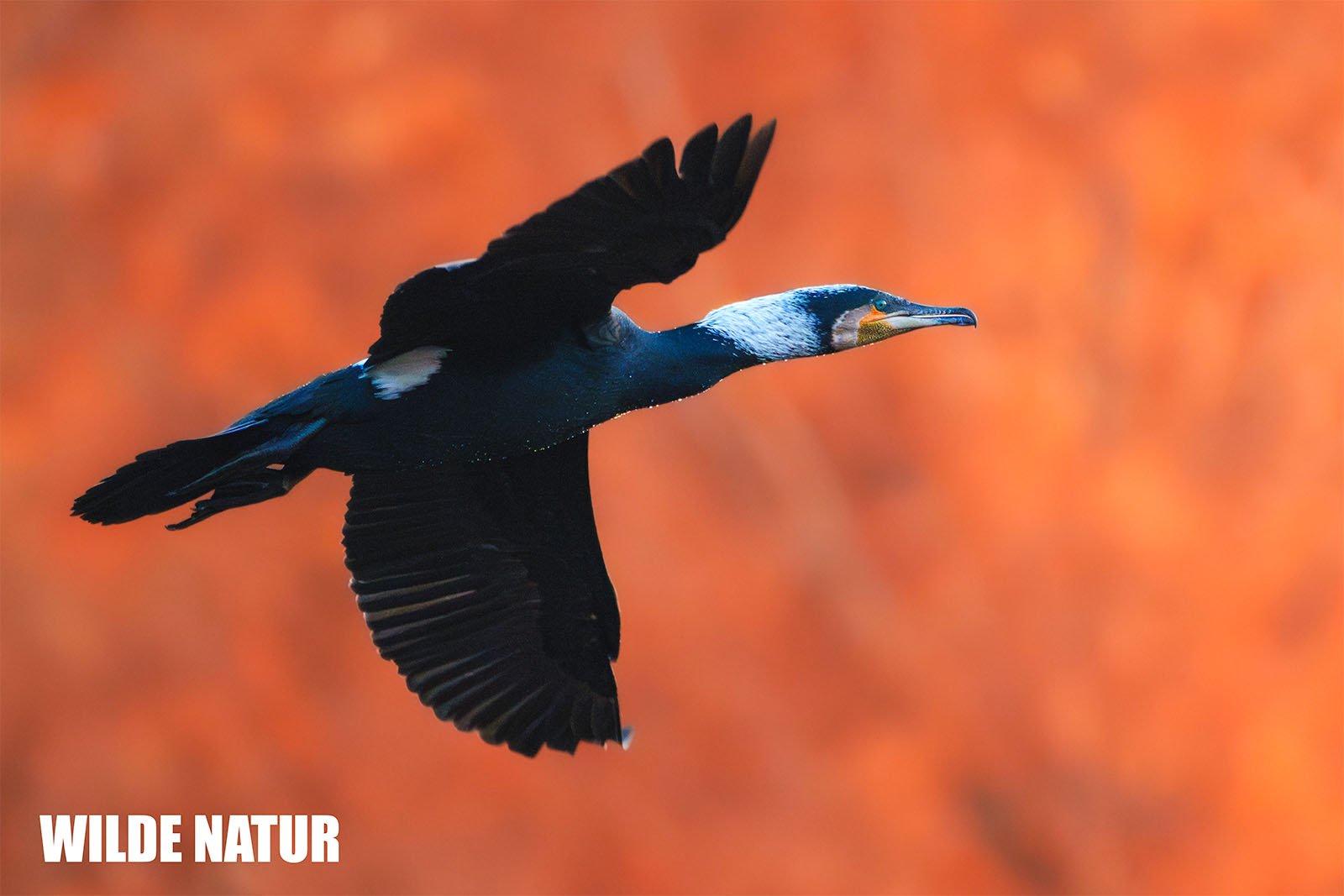Dunnock (Prunella modularis)
Dunnock (Prunella modularis) perched on a thin branch
Dunnock (Prunella modularis) – The Master of Camouflage
The Dunnock is a small, discreet bird that lives in hedges, bushes, and at the edges of forests. With its grey-brown feathers, it blends perfectly into its surroundings and often goes unnoticed. Despite its modest appearance, the Dunnock is a common and widespread bird found across Europe and Asia.
Quick Facts:
- Size: 13–14.5 cm
- Features: Grey-brown plumage with a streaked back and a subtle appearance
- Habitat: Hedges, dense bushes, forest edges, gardens
- Breeding: Hidden nests in dense vegetation, mainly the female takes care of the brood
- Diet: Insects, spiders, seeds
Table of Contents
- Introduction: The Dunnock – Invisible but Widespread
- Features and Appearance: How to Recognize the Dunnock
- Habitat and Distribution: Where the Dunnock Lives
- Behavior and Diet: The Quiet Hunter in the Undergrowth
- Breeding: Well-Hidden Nests
- FAQ: Common Questions About the Dunnock
- Shortlist – Key Features
1. Introduction: The Dunnock – Invisible but Widespread
The Dunnock is a subtle bird that blends perfectly into its environment. Despite its simple looks, it can be found in many gardens, hedges, and forest edges. Its quiet behavior and muted colors help it hide in dense vegetation. It is a patient insect hunter, mostly searching for food on the ground.
2. Features and Appearance: How to Recognize the Dunnock
The Dunnock doesn’t stand out with bright colors but with its well-camouflaged plumage and quiet elegance.
- Plumage: The upper part of the bird is brown with streaks, helping it blend into bushes and dense hedges. The head and chest are a soft grey-blue, contrasting subtly with the rest of the body. The belly is lighter, and juveniles have stronger markings on their undersides.
- Beak: The small, pointed beak is perfect for catching small insects and picking seeds. It is dark and matches the bird’s earthy colors.
- Eyes: The dark, lively eyes give the Dunnock a watchful yet peaceful expression. They are set deep in its grey face, adding to its subtle appearance.
- Feet: The slender, pinkish-brown feet are ideal for moving through dense undergrowth and hopping along the ground.
The Dunnock’s plain yet detailed plumage makes it blend perfectly into hedges and bushes, making it a master of camouflage.
3. Habitat and Distribution: Where the Dunnock Lives
The Dunnock prefers habitats with dense vegetation, such as hedges, bushes, and forest edges. It is often found in gardens, parks, and natural landscapes where it can find both shelter and food. Its ability to move quietly through thick shrubs helps protect it from predators. Widely spread across Europe and Asia, it quietly inhabits rural and urban areas alike.
4. Behavior and Diet: The Quiet Hunter in the Undergrowth
The Dunnock is a calm but effective hunter. It moves carefully and quietly through thick undergrowth, searching for insects, spiders, and seeds. During the breeding season, it hunts more insects to feed its chicks. Outside of that time, it relies mostly on seeds, which it finds on the ground or in low bushes. Its quiet nature helps it remain hidden while patiently foraging for food.
5. Breeding: Well-Hidden Nests
The Dunnock builds its nest deep inside dense bushes or hedges, keeping it hidden from predators and people. The nest is made of grass, moss, and small twigs. The female lays three to six eggs and takes care of most of the brooding. The chicks are hatch after about two weeks and are fed by both parents until they are will leave the nest after another two weeks.
6. FAQ: Common Questions About the Dunnock
1. Where does the Dunnock prefer to live?
The Dunnock prefers dense hedges, bushes, and forest edges. It is often found in gardens and parks where there are plenty of hiding places and food sources.
2. What does the Dunnock eat?
Its main diet includes insects, spiders, and seeds. During the breeding season, it catches more insects to feed its chicks.
3. How can I recognize the Dunnock?
Although it is subtle in appearance, the Dunnock can be identified by its grey-blue head and chest and its brown, streaked wings. Its quiet movements in hedges also make it easier to spot.
4. When is the Dunnock most active?
The Dunnock is mostly active during the day, moving quietly along the ground or through bushes, searching for food.
5. How does the Dunnock build its nest?
The Dunnock hides its nest deep inside thick bushes or hedges, using grass, moss, and small twigs. The female takes the lead in brooding the eggs.
7. Shortlist – Key Features
- Size: 13–14.5 cm
- Plumage: Grey-brown, with a streaked back and grey-blue head
- Beak: Fine, pointed, dark
- Eyes: Dark, lively
- Feet: Pinkish-brown, slender
- Habitat: Hedges, bushes, forest edges, gardens
- Diet: Insects, spiders, seeds
The Dunnock is a master of camouflage, perfectly adapted to life in dense vegetation. With its quiet behavior and preference for hedges and bushes, it often goes unnoticed but plays an important role in the ecosystem.


